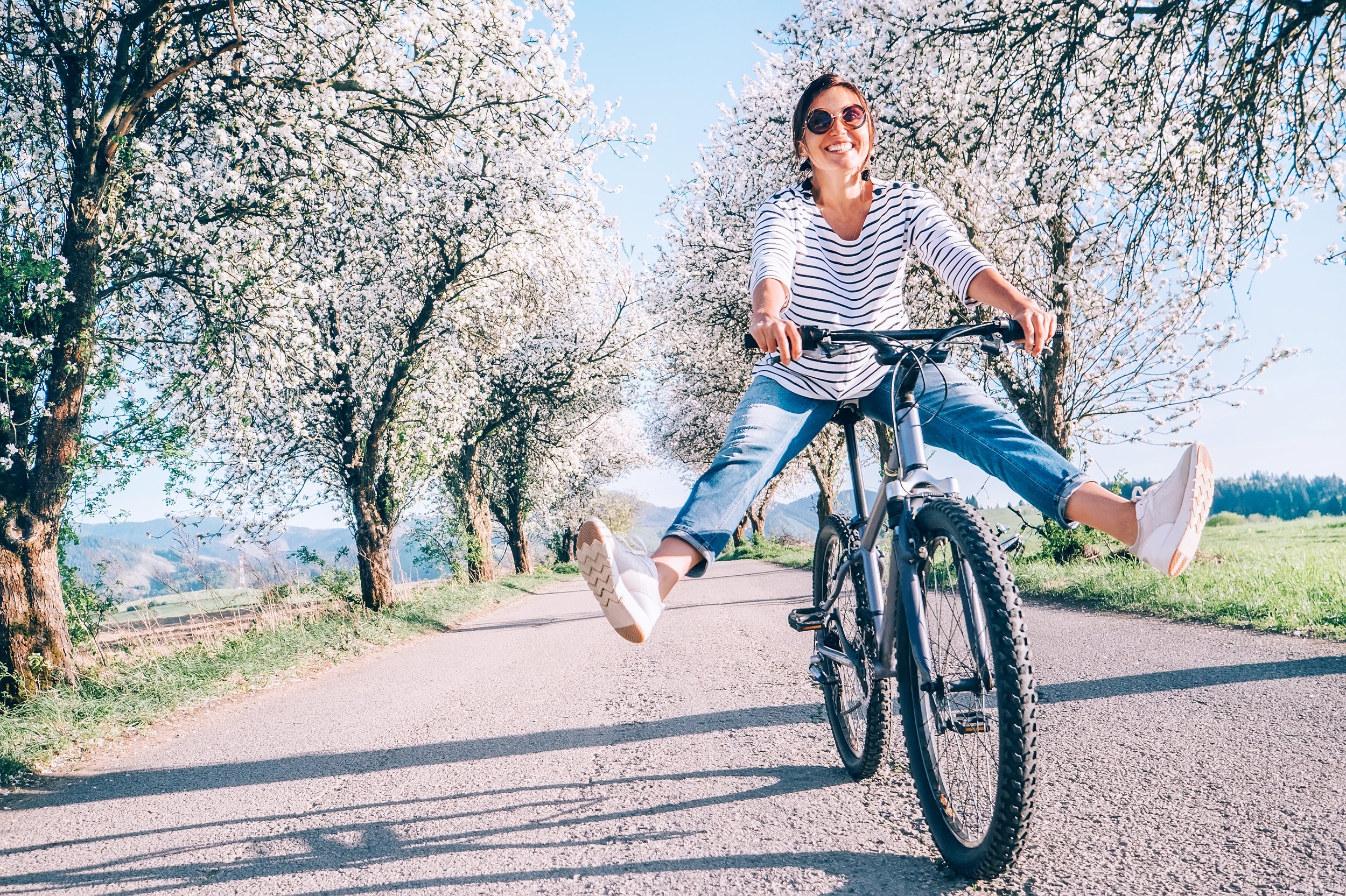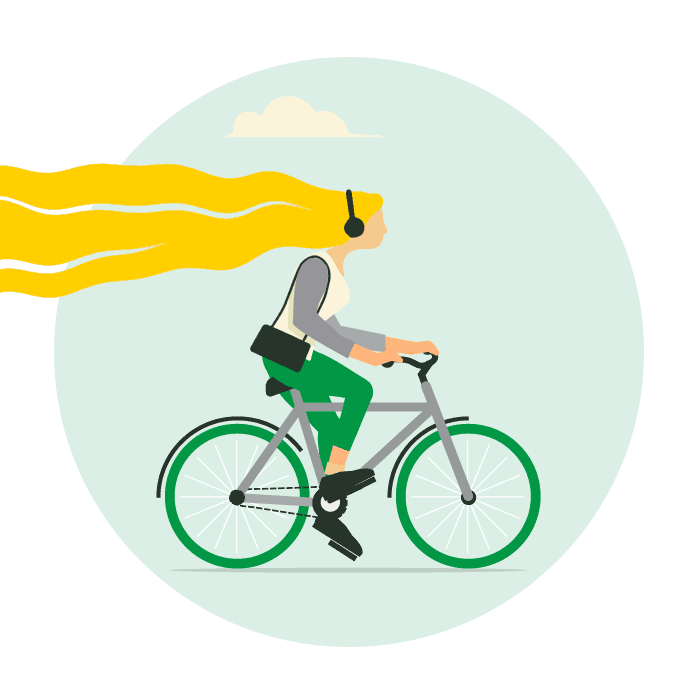Move your body
Move move move…. Sometimes it can be all we hear. Even our watches are prodding us these days.
We always feel it is important to recall what we evolved to be … over millions of years the human race has been carefully curated to hunt, gather and survive in this world. And evolution really did take that long. 1000’s of years ago food would have been more scarce and we would have been moving for functional reasons much of the day – to find and gather food and care for our family, seek shelter, build homes, cook, wash etc.
In the last one to two hundred years there has been a huge leap, revolutions even, in our ability to use the world and our environment through the development of tools, we have begun to live a more luxurious, abundant and sedentary life. In many ways our intelligence has outdone us. It has made our lives full to the brim.
Ultimately we evolved to move, we are born to move. Yet nowadays the life we are born into often contradicts this. The biggest issue we face today is prolonged sitting, living sedentary lives. This is the key factor that has been correlated with the increases in chronic health conditions.
What is movement?
This might sound like an odd question but often people are not aware of the mechanics involved.
Movement is instigated from signals in our brain that result in the stimulation of muscles which contract. As they contract, they shorten and this in turn moves joints. As a joint moves, or a collection of joints and muscles there is movement … add this all together and hey presto.
Muscle contraction requires a higher amount of oxygen and energy provision therefore the heart has to beat faster to meet this demand. That is why our heart rate increases as we run, go up the stairs etc. As a result of this the muscles over a short period of time will increase in strength. As the muscles become more strong they then help to support the joints. Furthermore as we move our bodies secrete a range of hormones and chemicals, almost all of which have the result of increased mood.
Benefits of movement
There are a wealth of benefits from movement, the most important of which are:
Improved cardiovascular function, a better metabolic baseline
Reduced risk of long term health conditions such as diabetes, hypertension, obesity, dementia
Greater muscle, tendon, joint and BONE strength.
Improved immune system
Secretion of endorphins, our innate anti depressants
Greater cognitive function, reduced levels of stress, depression and anxiety
Slower ageing
The different types of exercise:
Aerobic exercise: where we intensively increase the oxygen and energy demand of muscle groups, for example HIIT or crossfit like exercise as well as brisk walking, running, or swimming.
Strength training: where we aim to improve or maintain the amount and strength of our muscles. This is particularly important as we age to prevent sarcopenia which is a key contributor to frailty.
Balance & flexibility: these are often associated with the more mindful types of movement such as yoga, pilates, Tai Chi etc. These exercises commonly incorporate breathwork help activate the vagus nerve and the parasympathetic system which is important in the recovery of our gut/ adrenal axis
As with all good things, it is however, about finding the right balance. We can over exercise and if you are already running on low reserves, excessive high intensity exercise could be causing more problems.
The World Health Organisation states that we should aim to have 150 minutes of exercise a week. The most important thing is finding ways to move that you enjoy so that you maximise on the benefits.
How to incorporate movement and exercise into your routine:
Don’t pressurise yourself into doing it all at once. Just breaking up your day to reduce the amount of time sitting should be the first step. Take movement snacks!
Walk whenever you can, take the stairs not the lift or elevator, consider whether your journey could be done on foot or by bike.
Play with your kids if you have them, or just dance around the kitchen!
If and when you want to do a specific type of exercise or class, first decide when you would feel most ready or able to exercise. We have the highest levels of cortisol in the morning so this can be a great time to capitalise on the mobilisation of our body’s resources and feel ready and raring for the day ahead. For others they may like to exercise at lunch. If possible avoid doing high intensity towards the end of the day as this can raise your cortisol levels and affect your sleep.
Start low, go slow. If you are trying out something new start at a lower pace, or with light weights. Noone would expect you to run a marathon from nothing!
Enjoy the rewards!
Some suggestions:
Simple and free forms of exercise include walking and running. There are now many youtube channels with free exercise classes. Some that I particularly recommend are:
BODY FIT by Amy
YOGA with Adrienne
Pilates with NICOLE or LOTTIE MURPHY
JOE WICKS for HIIT and LIIT
GLO YOGA also provide a wide range of HIT, pilates and yoga. which has a wide range of lessons suitable to all levels and time frames for a relatively low monthly fee. Please feel free to use the following code for 30 days free trial: 30daysofGlo.


